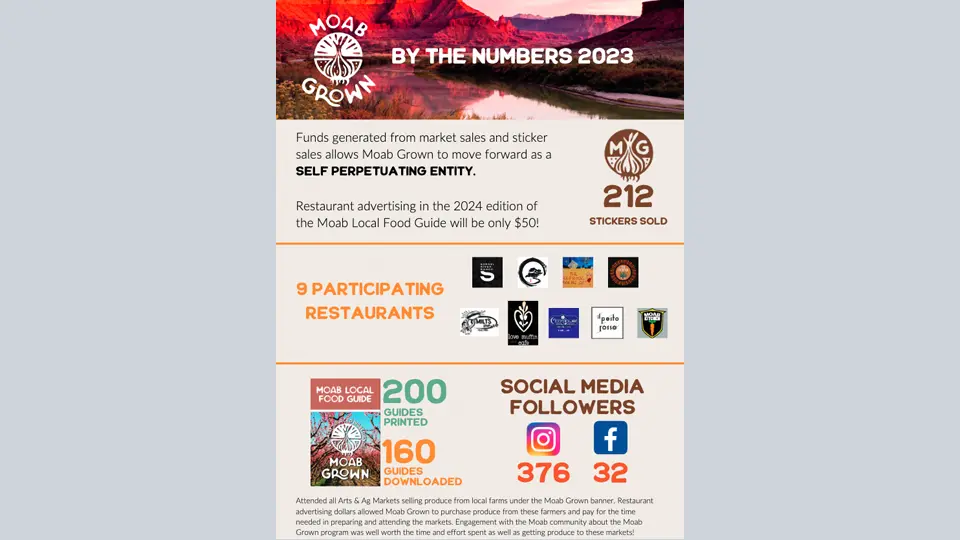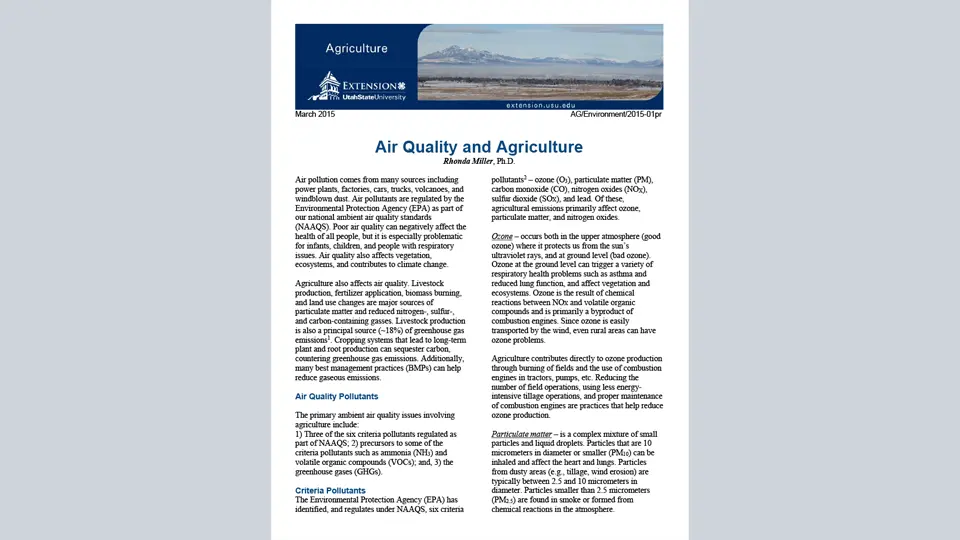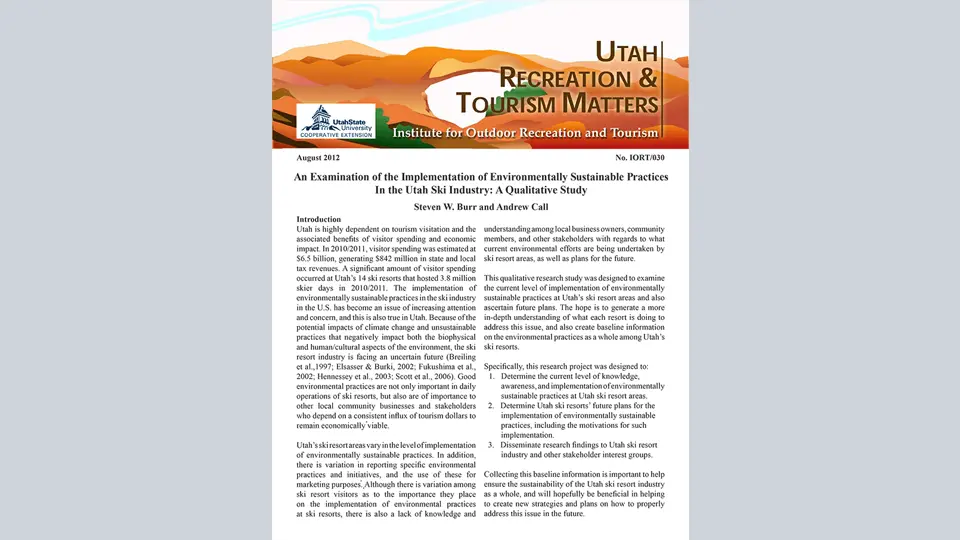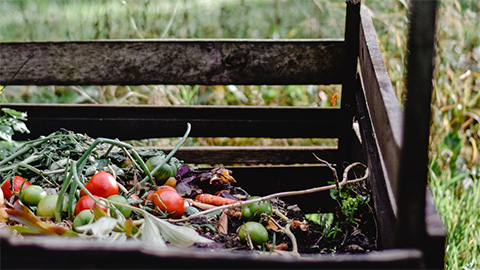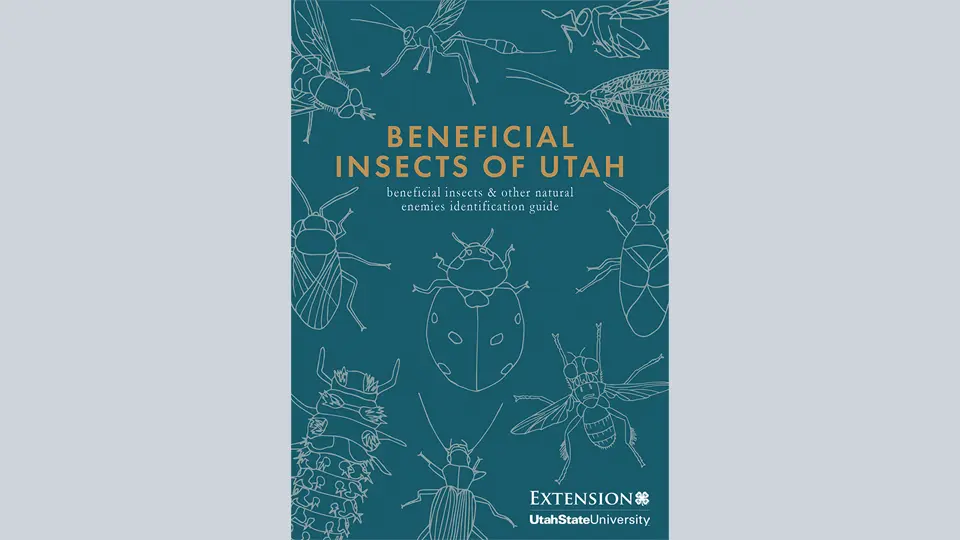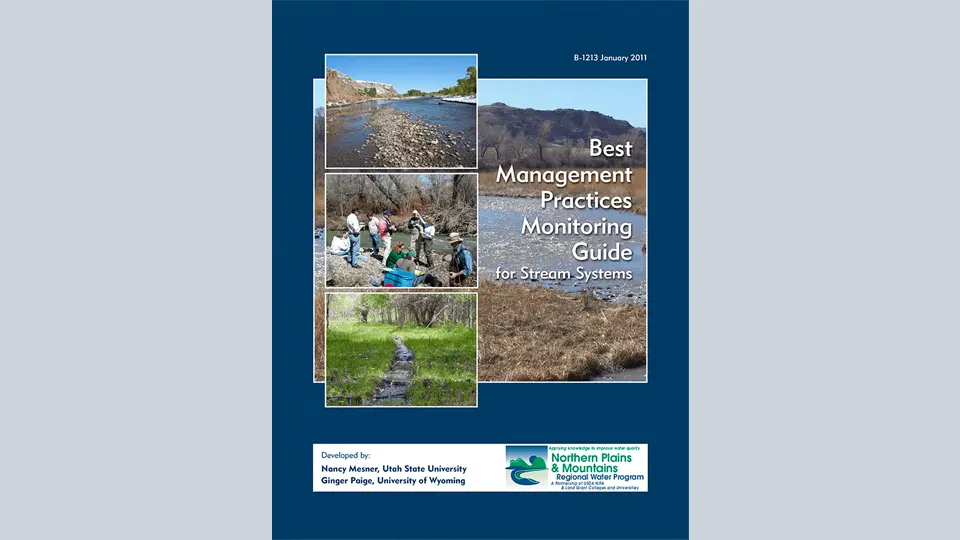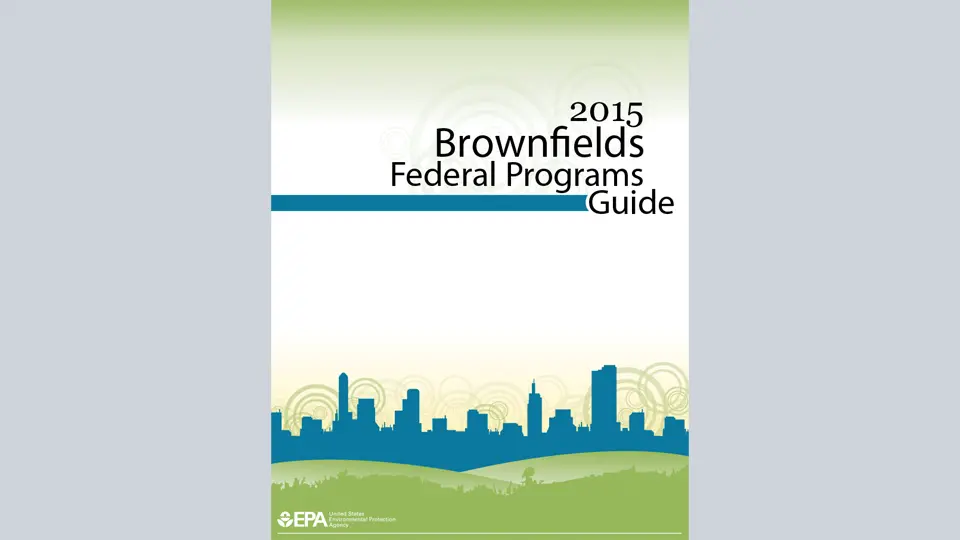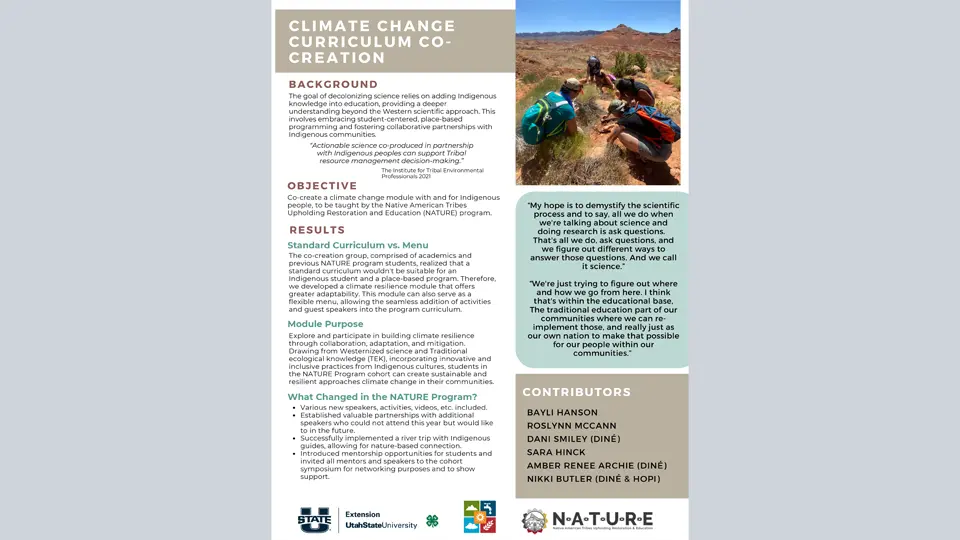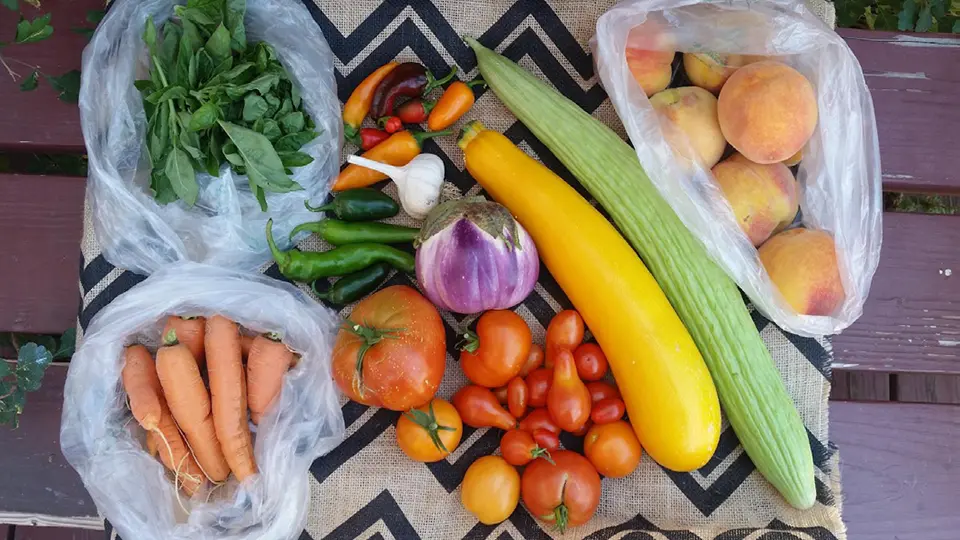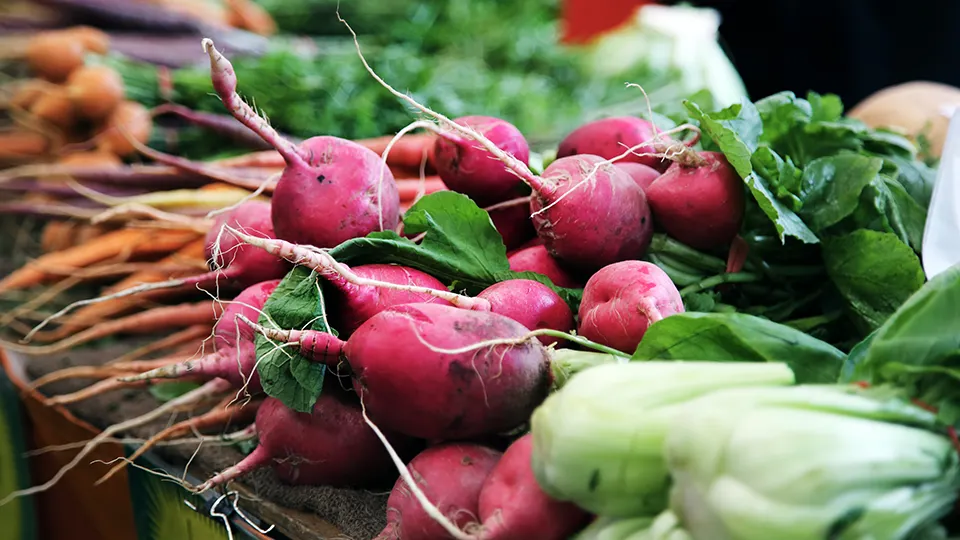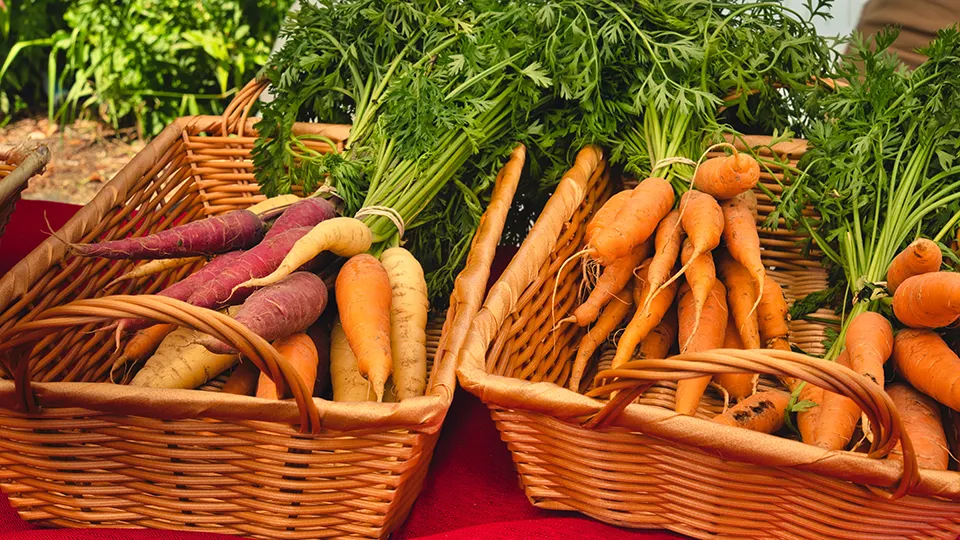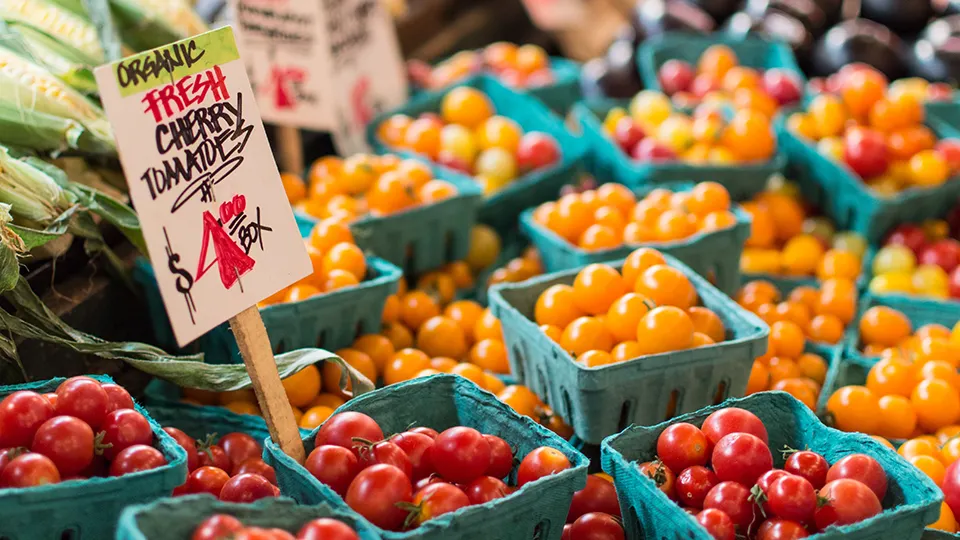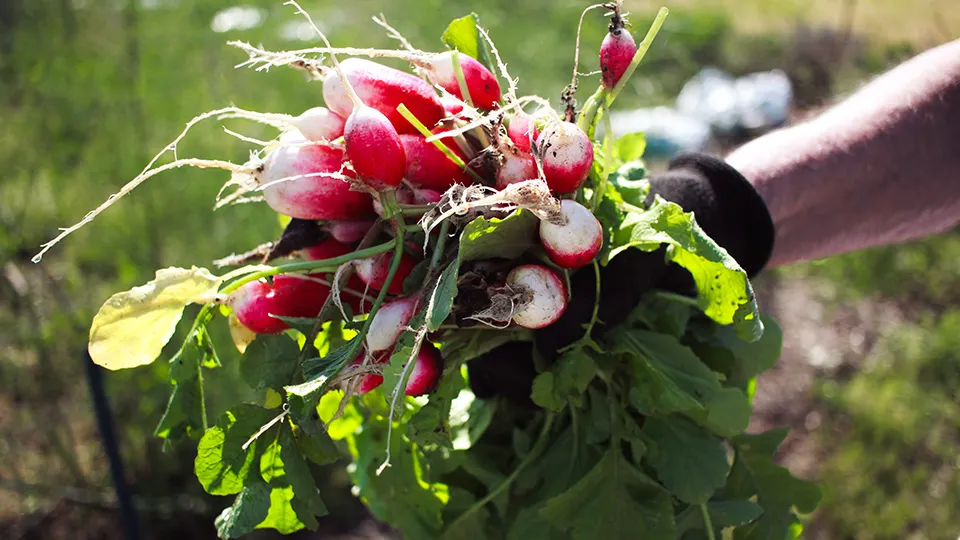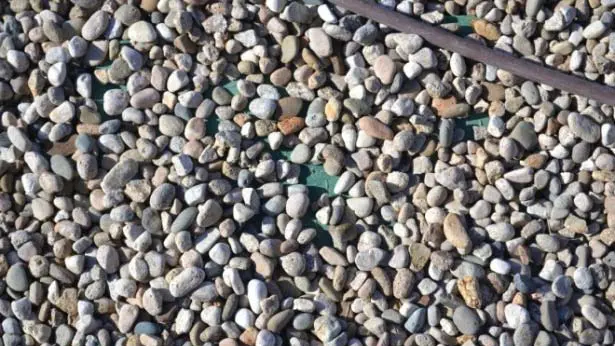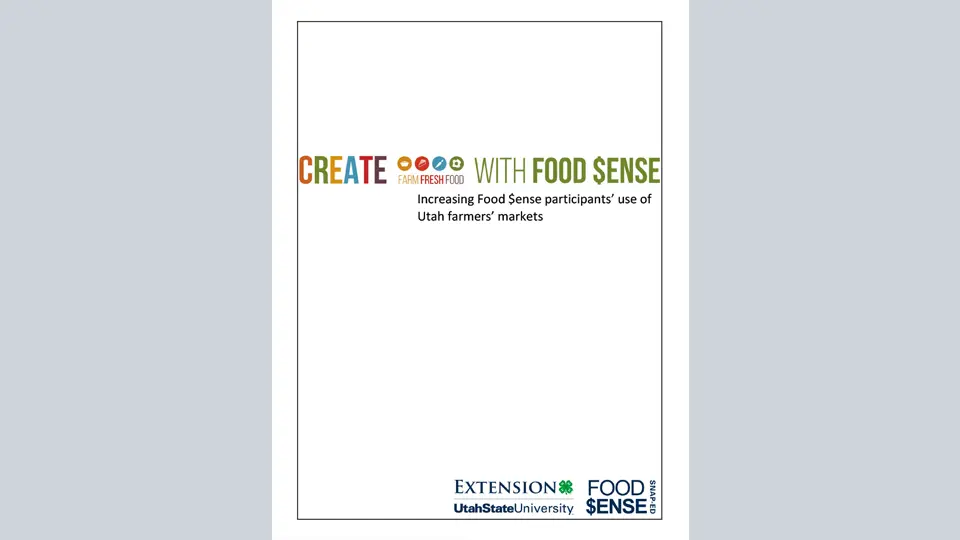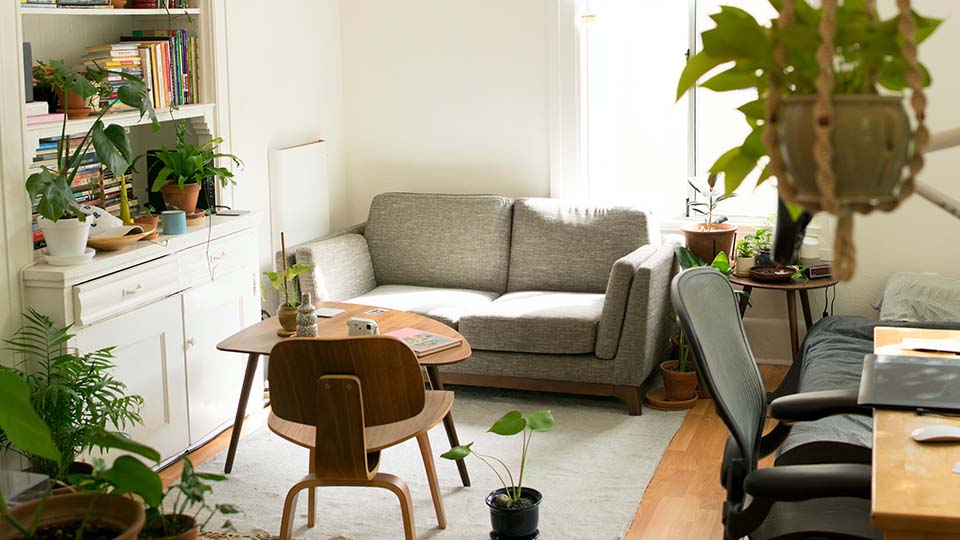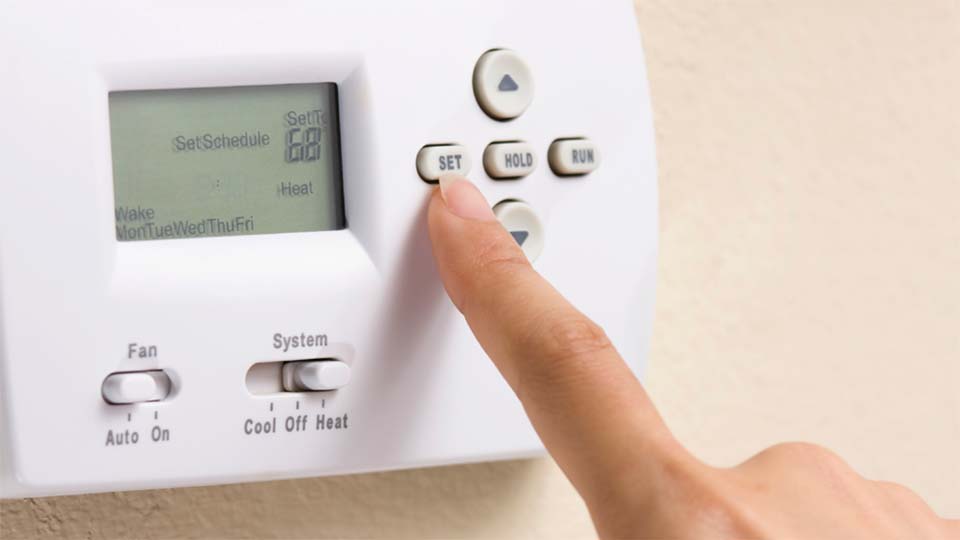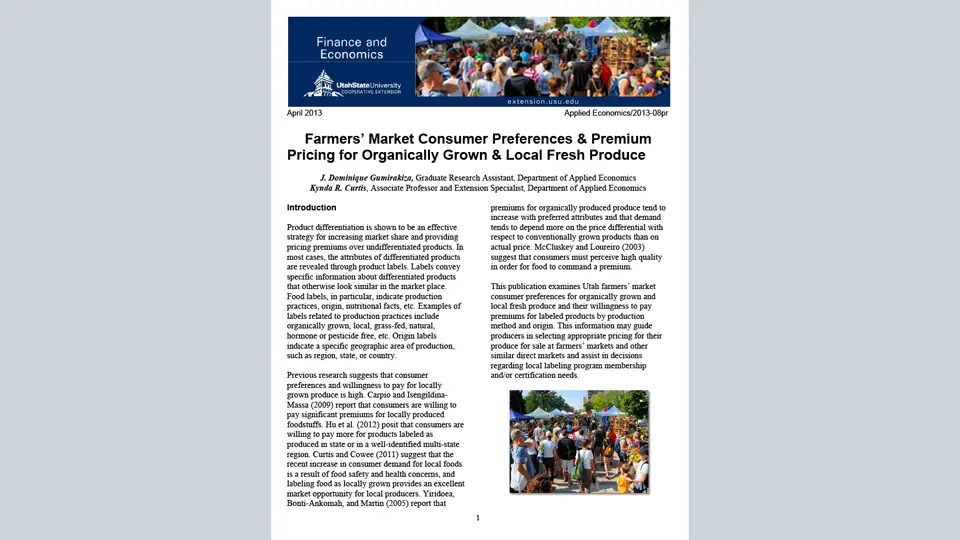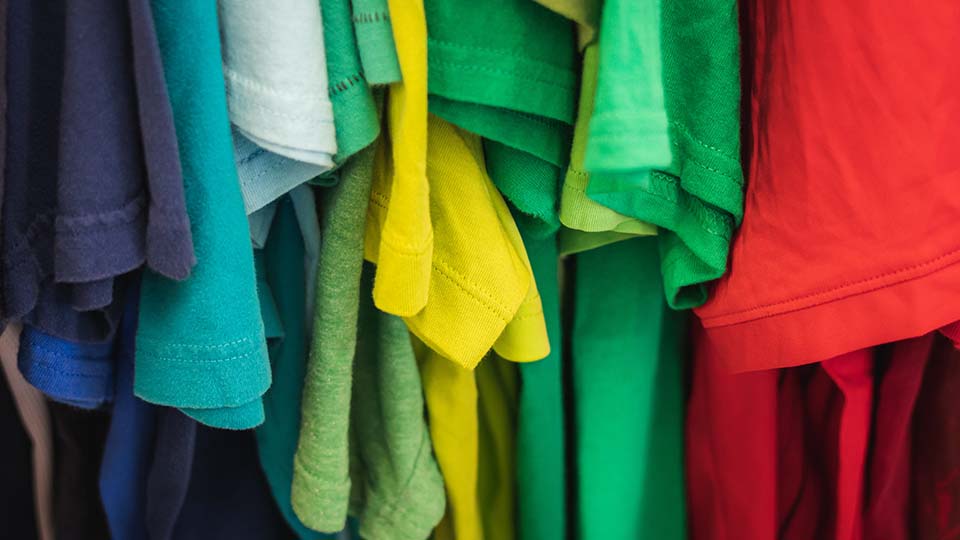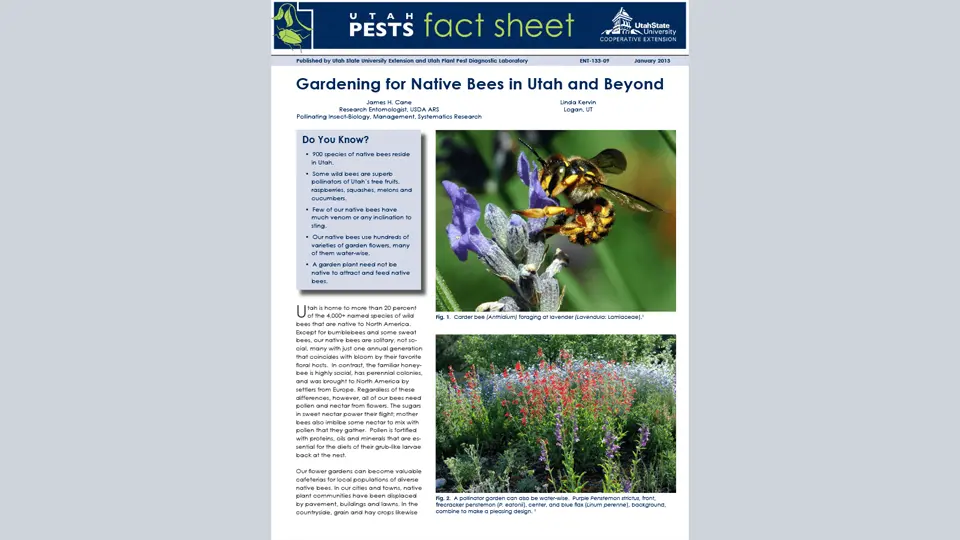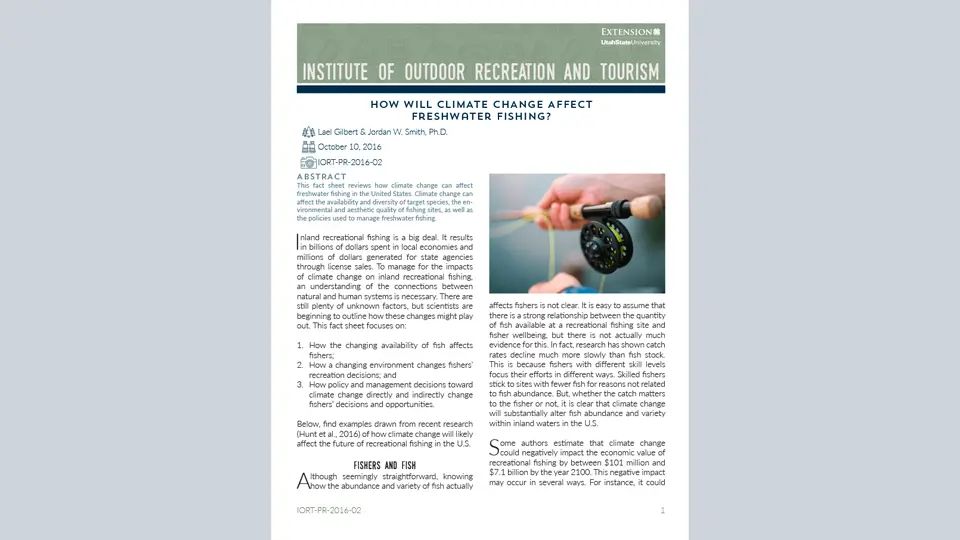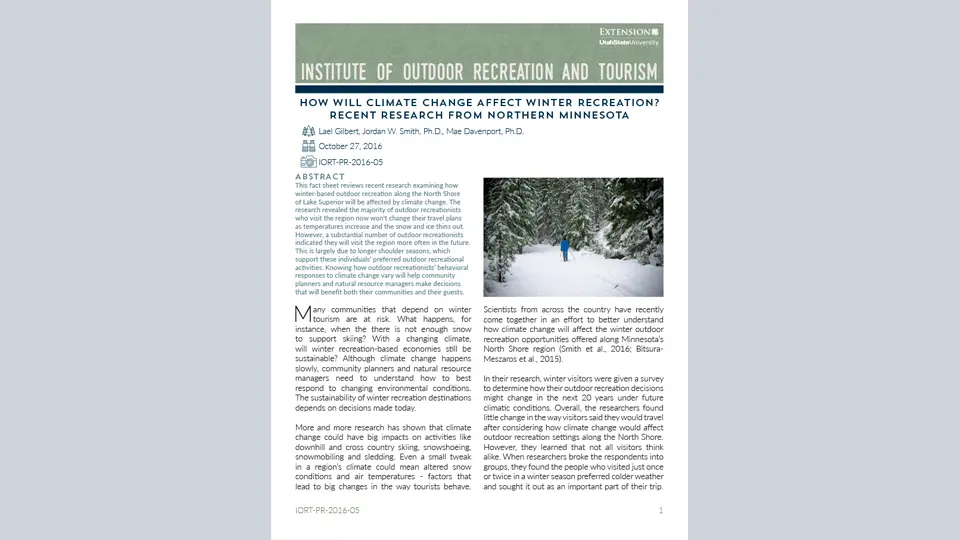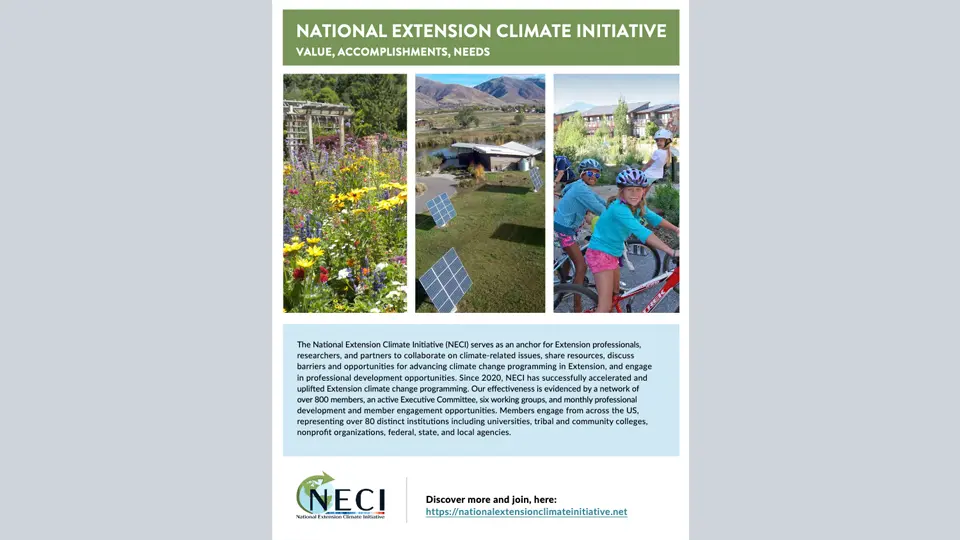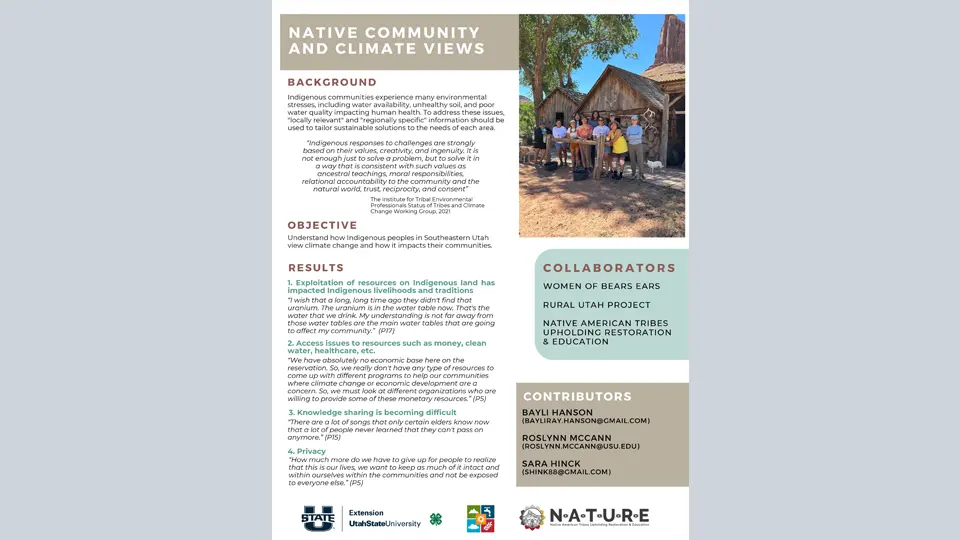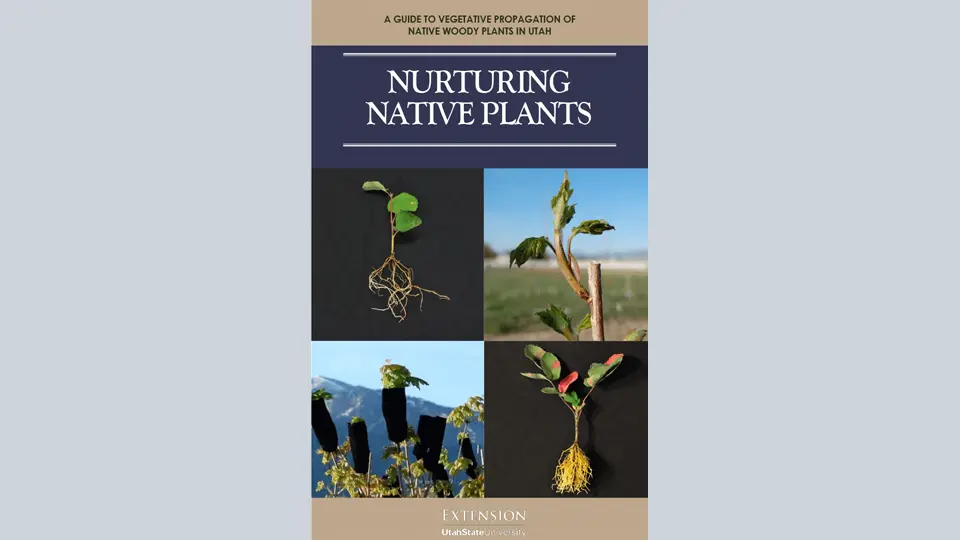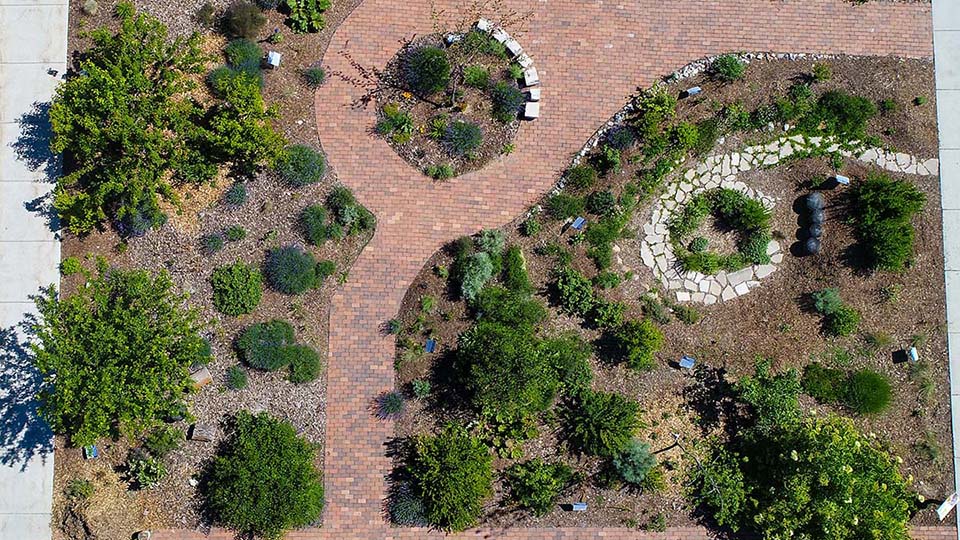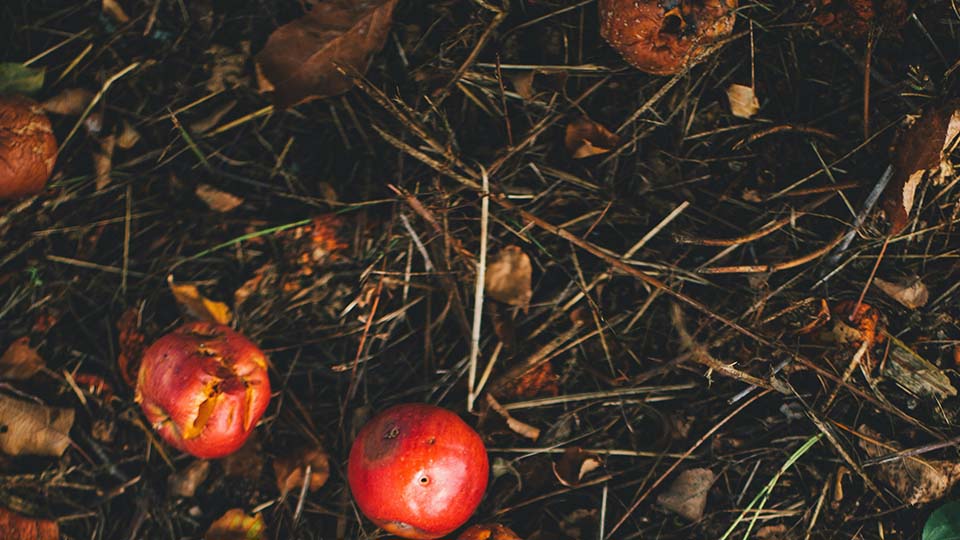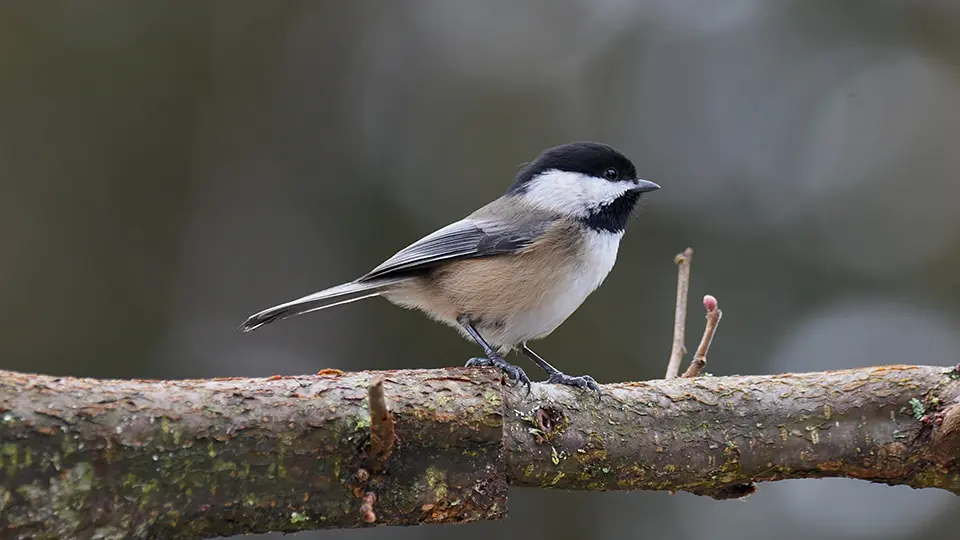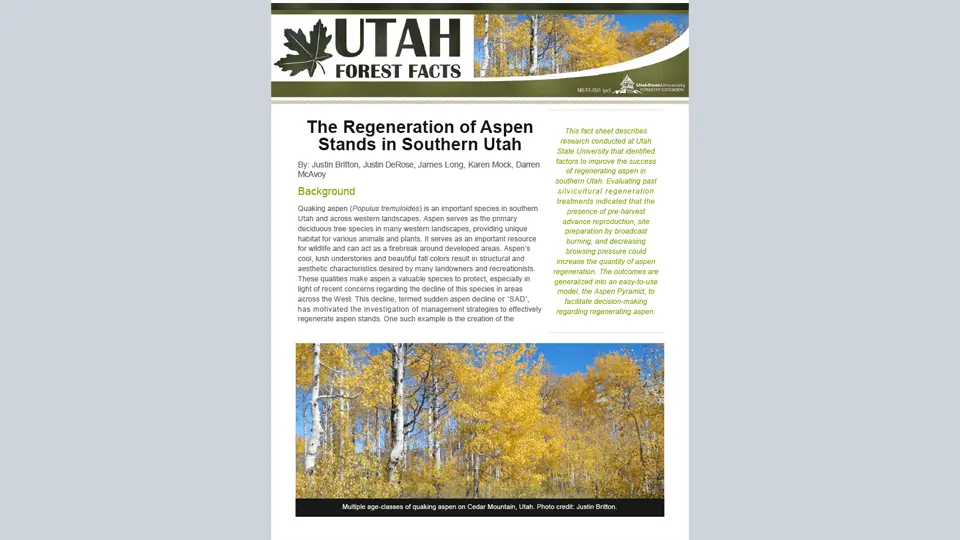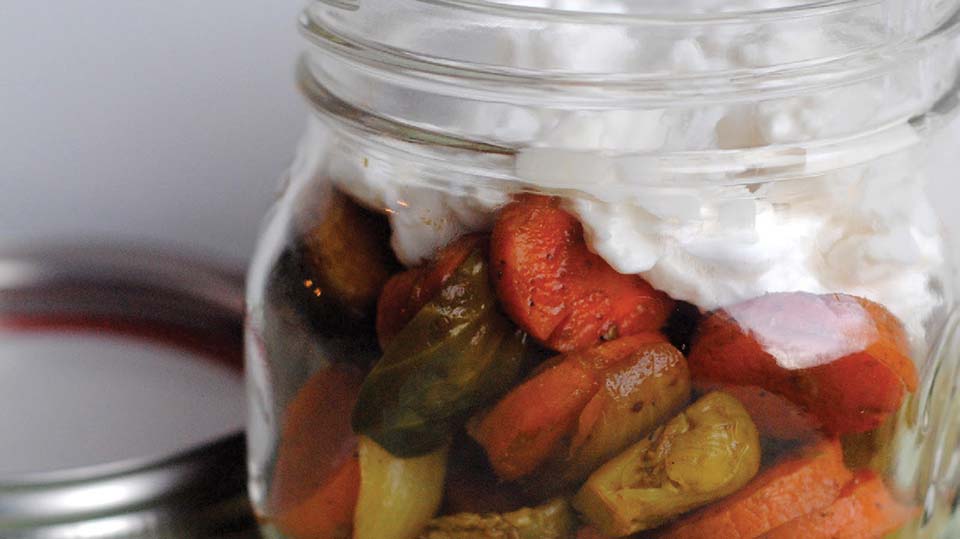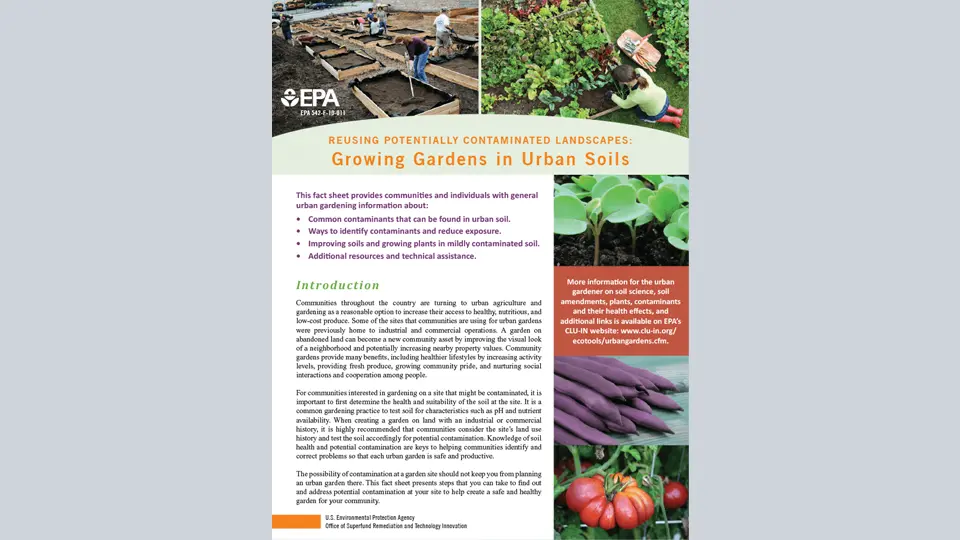Biking as an Alternative Mode of Transportation

Why Bike?

With this fact sheet, you can overcome common barriers keeping you from becoming your own mode of transportation, and bettering your life because of it. According to the U.S. Census Bureau, “creating new infrastructure and altering existing infrastructure to accommodate bicycling and walking has become a goal for several metropolitan planning organizations across the United States” (McKenzie & Rapino, 2011). Now is a great time to take advantage of this shifting focus away from vehicle commuting and delve into a healthier and cheaper mode of transportation: Cycling.
Convenience
Have you ever felt frustrated driving in circles to find an available parking space while watching time, gas, and patience needlessly slip away? When cycling to your destination, you will discover that you need not worry about securing a parking space and you will be able to park closer to your destination than if you drove.
Over 75% of U.S. workers drive alone to work, take an average of 25 minutes to get there, and spend much of their time stopped in traffic (McKenzie & Rapino, 2011). Depending on the distance of your commute, in traveling via bicycle, you could save time and money by combining commuting and exercise, finding non-congested routes via bike lanes or trails, and in not having to search and pay for parking.
Economics
A bicycle costs $50-200 to maintain annually if ridden 2,000 annual miles, averaging 5-15¢ per mile (VTPI, 2011). In driving a vehicle, however, we accrue operating costs (gas, maintenance and tires) of approximately 19.64 cents per mile (AAA, 2012). With an average total daily driving distance in the U.S. of 29 miles, or just over 50 minutes behind the wheel, this works out to $2,078.89 to operate a vehicle each year; more than 40 times more expensive than operating a bicycle. Note that this estimate does note include cost of the vehicle itself, or insurance.
Environment
Transportation accounts for 27% of our nation’s total greenhouse gas emissions (EPA, 2010). This is the second highest source of greenhouse gas emissions in the nation, following the electric power industry’s 35% (EPA, 2010).
Cycling to school and/or work every day can be viewed as one’s personal contribution to combating these statistics by reducing greenhouse gas emissions and consuming less nonrenewable resources. Each gallon of gasoline in our cars emits 8,887 grams (almost 20 pounds of CO2) into the atmosphere, whereas riding a bicycle produces none aside from our breath (note that you still breath while driving!) (EPA, 2011).
Environment
When you arrive at your destination on a bicycle, it is likely that you will be feeling energized with a joyful, more positive perspective. Also, bicycling allows for an intimate connection with your community and surrounding natural environment, where you can directly see, hear, feel, smell, and even taste the environment around you.
Riding a bike offers the following health benefits (Alliance for Biking and Walking, 2012):
Increased...- Cardiovascular fitness
- Strength
- Balance and flexibility
- Endurance and stamina
- Calories burned
- Cognition
- Energy
Relevance in Utah
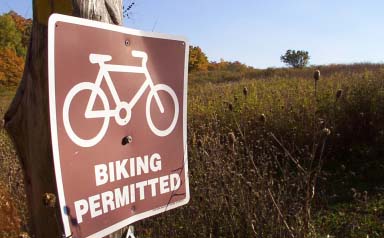
Air quality is a chief environmental concern for Utah (Malek et al., 2006). Polluted air is exacerbated by winter inversions, where trapped pollutants contribute to several health hazards, such as: Decreased life expectancy, cancer, cardiac arrest, and central nervous system problems such as systemic inflammation (Stanek et al., 2010). An example of this inversion affect can be seen in Logan, Utah, where during inversion episodes, air pollution concentrations exceed the EPA National Ambient Air Quality Standards (NAAQS) (Malek et al., 2006). Reducing motorized vehicle emissions by engaging in alternative modes of transportation can improve health and quality of life in our state.
How to Get Started
There are two primary things you will need to do before making the switch to biking as your primary mode of transportation: Figure out what kind of bike to get, and decide which route would be the most bike and time friendly for your daily commute.
Hitching a ride
A great way for anyone to get started biking is to pull that dusty, abandoned bike out of the garage and take it in for a tune up. If all you have in the garage is a gas-burning vehicle, you may want to consider local thrift stores, online classifieds, newspaper adds, local bike shops, or your local sporting goods store. Bikes are frequently available at an inexpensive price.
If you plan on purchasing a bike, whether from the thrift store or not, make sure you do your research beforehand. Prior to hitting the bike market, ask yourself these three questions to learn what type of bike you should be looking for.
- What type of riding am I looking to do?
- How tall am I?
- How much do I want to spend?
Mapping out routes
In your spare time, you may want to map out and ride to your frequent destinations and record approximate travel time frames for each. This will help you plan your biking days accordingly.
Overcoming Common Barriers
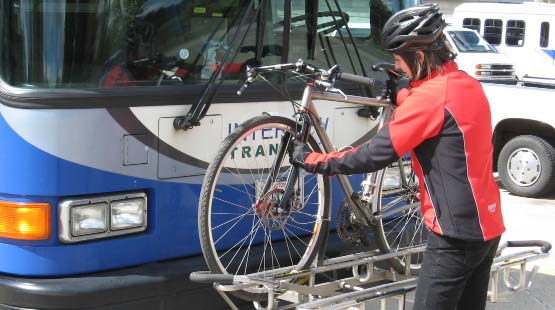
Don’t sweat the small stuff! These tips and tricks will get you over the mental hills that may be keeping you from putting on a helmet and hitting the road.
Bad Weather
You may be surprised to learn that biking in the elements is not as much of a challenge as you might think. Installing fenders on your bicycle is a great way to protect against rain and slush, and appropriate clothing choices can carry you through the seasons. Also, you can purchase special bike tires for winter if you are concerned about snow and ice.
Hills
Hills...the burden of every biker. Don’t be intimidated; hills can be easily conquered with a little patience, preseverance, and the help of a low gear setting. Not to mention, the toned quadriceps you get will reward you for your dedication! If you ultimately decide that hills are not for you, an alternative option would be to bike to a public transit station, and catch an uphill ride from there.
Sweat
No one likes to arrive at his or her destination sweaty. To combat this, wear appropriate clothing, bring a “work shirt” to change into, stay hydrated, walk your bike up steep hills, and bike slower if possible. In addition, if you feel the need, get familiar with your school and/or workplace shower systems.
Safety
When cycling, best practices include: Wearing a helmet, signaling with your arm when turning or changing lanes, not riding on sidewalks, stopping for red lights and stop signs, rolling your right pant leg up so it doesn’t get caught in or dirtied by the chain, biking on the right-hand side of your lane, and occupying a lane at a red light or stop sign. Keep in mind that bicycles are considered vehicles, so check local and state policy and laws to learn the rules of the road.
Maintaining Your Bike Habit

Those who cycle frequently should have their bike tuned every few weeks to insure proper air pressure in tires, grease on chains, proper brake function, etc.
This can be accomplished by taking your bike to a bike shop, or you may decide to the ropes yourself through the help of professionals or online sources. Some universities, such as Utah State University, offer free bike maintenance tutoring and services. For more information, visit Aggie Blue Bikes at http://usu.edu/abb/
Keeping the Fun Alive
Switching up your bike routes can provide relief from your regular routine. New routes provide diverse scenery and atmosphere. Try to be aware of all the interesting things around you as you bike through your neighborhood. The seasons and weather will always keep it interesting.
References
- Alliance for Biking and Walking. (2012). Bicycling and walking in the United States: 2012 benchmarking report. Retrieved from: http://peoplepoweredmovement.org/site/images/uploads/2012%20Benchmarking%20 Report%20%20-%20Final%20Draft%20-%20WEB.pdf
- AAA Association Communication. (2012). Your driving costs. Retrieved from: https://westerncentralny.aaa. com/files/news-room/aaa_yourdrivingcosts_2012.pdf
- McKenzie, B., & Rapino, M. (2011, September). Commuting in the United States: 2009. Retrieved from the U.S. Census Bureau: http://www.census.gov/prod/2011pubs/acs-15.pdf
- Malek, E., Davis, T., Martin, R.S., & Silva, P.J. (2006). Meteorological and environmental aspects of one of the worst national air pollution episodes (January, 2004) in Logan, Cache Valley, Utah, USA. Atmospheric Research 79(2).
- Stanek, L.W., Brown, J.S., Stanek, J., Gift, J. & Costa, D.L. (2010, November). Air pollution toxicology: A brief review of the role of the science in shaping the current understanding of air pollution health risks. Toxicological Sciences 120(S1).
- U.S. Environmental Protection Agency (EPA). (2010, April). Inventory of U.S. Greenhouse Gas Emissions and Sinks: 1990-2008. Retrieved from: http://www.epa. gov/climatechange/Downloads/ghgemissions/508_ Complete_GHG_1990_2008.pdf
- U.S. Environmental Protection Agency (EPA). (2011, December). Greenhouse gas emissions from a typical passenger vehicle. Retrieved from: http://www.epa.gov/otaq/climate/documents/420f11041.pdf
- Victoria Transport Policy Institute (VTPI). (2011). Transportation cost and benefit analysis II - Vehicle Costs. Retrieved from: http://www.vtpi.org/tca/tca0501.pdf
January 2013
Utah State University Extension
Peer-reviewed fact sheet
Authors
Roslynn Brain & Jared Stapp
Department of Environment & Society
Related Research



